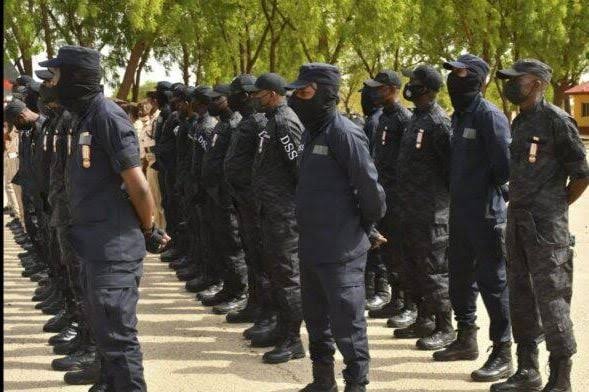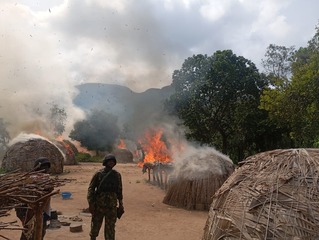FACT CHECK: How Bello Turji ambush DSS personnel and HYBRID forces in Fakai village, Zamfara
By: Zagazola Makama
Following the deadly ambush on a covert counter-banditry operation in Chida village of Fakai, Shinkafi Local Government Area of Zamfara State, by the DSS and Hybrid personnel, conflicting reports have continued to swirl around the actual number of casualties and the circumstances surrounding the attack.
Some media outlets initially reported that 24 security personnel were killed. Others, in the following hours, raised the figures to 40, and by the next day, some headlines claimed up to 100 fatalities. However, an in-depth fact-check conducted by Zagazola Makama has uncovered discrepancies in the early media narratives and clarifies what truly transpired.
The Operation
On June 23, a joint covert operation involving the Department of State Services (DSS) and a special unit of the HYBRID Forces a blend Civilian Joint Task Force operatives was launched into the notorious bandit stronghold of Chida village. The area is a known operational base of Bello Turji, one of the most wanted terror leaders in the North West.
According to credible intelligence sources familiar with the operation, over 314 personnel were mobilised for the assault. The objective was a targeted neutralisation of Bello Turji and his lutenant that have reigned terror in the North West region.
At the onset, the mission recorded initial success. Over 25 bandits were reportedly neutralised, and several camps were destroyed in the first phase of the assault.
However, things tool a bad turn quickly when fleeing terrorists reportedly reached Turji’s inner enclave and informed him of the incursion. In response, Turji is believed to have mobilised more than 100 heavily armed fighters for a swift counter-attack.
According to sources on the ground, the DSS-led personnel, operating without clear aerial surveillance or local terrain advantage, were taken by surprise in a devastating ambush. The attackers reportedly surrounded the operatives and launched a coordinated assault with heavy fire.
The ambush resulted in the instant deaths of 10 members of the HYBRID Forces and one Bashir Maniya an ex-militant leader along with two of his lieutenants from Sokoto who had joined the mission. An additional 28 operatives fled into surrounding bushes in a bid to escape. Twenty-three others, including DSS personnel and local civilians, were wounded during the assault, and 48 individuals were still unaccounted for at the time of filing this report. Two operational vehicles belonging to the DSS were also destroyed, and some weapons were reportedly seized by the bandits.
Reality Check on Fatalities
Contrary to exaggerated figures circulating online and in print, official intelligence sources confirmed to Zagazola that only 13 confirmed deaths occurred in the ambush 10 HYBRID operatives, 3 private collaborators. The majority of the operatives 238 out of 314 returned without injury. Bello Turji later did a video showing at-least 9 people who were killed at the scene, while others died from injuries.
Communication Failure and Lack of Reinforcement
One critical factor that complicated the aftermath was the total blackout in GSM communication in Zamfara’s Shinkafi axis. With no satellite or radio relay functioning at the time, reinforcements could not be deployed promptly. The terrain, notorious for its poor access roads and dense bush paths, due to the rain fall, further impeded a quick response by the troops of Operation FANSAN YANMA.
Security experts who spoke to Zagazola Makama emphasised that the outcome may have been different had there been real-time intelligence coordination, backup planning, and multi-agency synergy, especially involving the military or air support during the operation.
The DSS reportedly undertook the mission with minimal collaboration from the Nigerian Army or Air Force, despite the high-risk nature of the target.
Security analysts warn that no single agency should undertake deep incursions into hostile territories like Shinkafi without full-spectrum support including ISR (Intelligence, Surveillance and Reconnaissance), air support, casualty evacuation plans, and fallback protocols.
While the nation continues to support and commend the bravery of operatives confronting violent non-state actors in the North West, it is imperative that future missions—particularly those targeting high-value targets like Bello Turjiare better coordinated. Only a unified front across intelligence, military, and paramilitary agencies can yield sustainable results and prevent tragic losses.










